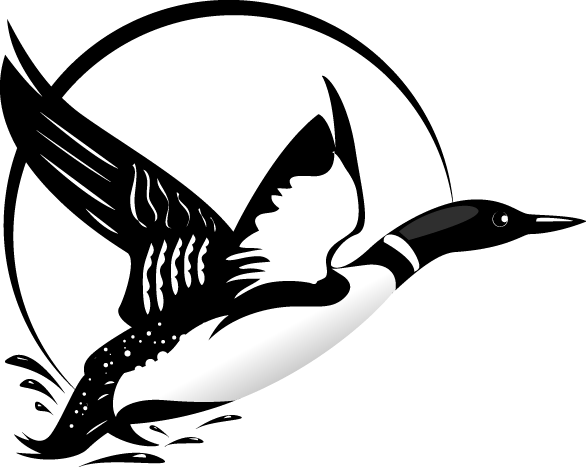GRAND LAKE ASSOCIATION BOATING GUIDELINES
Most residents of Grand Lake/Lac de la Montagne (Green Lake) own some type of water craft, be it a powerboat, a sailboat or sailboard, paddleboat or a rowboat, canoe or kayak. These craft provide a great deal of enjoyment to users but must be operated in a manner that respects other boaters, those involved in other water activities and property owners on our Lakes. The purpose of these voluntary Guidelines is to encourage the safe and responsible operation of watercraft on our Lakes that are in the best interests of all residents and that preserve the environment of the area. Boat owners and the people they entrust to operate their watercraft, are responsible for adhering to the Guidelines as well as encouraging others to do so.
The Guidelines address the following issues:
A Legal Framework
B Safety and Navigation
C Speed and Activity Zones
D Sound Emissions
E Environmental Concerns
F Wake Related Sports
A Legal Framework
All watercraft must be operated in accordance with the “Small Vessel Regulations” established under the Canada Shipping Act (2001) and Chapter 34, Section 240 of the Criminal Code of Canada.
Municipal Officials have the authority to regulate the use of all types of watercraft within their jurisdiction but not to prohibit the use of any particular type of watercraft.
Environmental infractions fall under the responsibility of the Federal and Quebec Departments of the Environment, the Quebec Department of Natural Resources, and the Municipality of Val des Monts.
B Safety and Navigation
Watercraft owners and operators are responsible for ensuring that their craft are operated in a manner respecting the safety and rights of others on the lake and for obeying all navigational rules and markings.
C Speed and Activity Zones
These guidelines include zones indicating permitted speeds and activities. The zones are identified on a map reproduced in the Grand Lake Directory.
1 – Within 30m (100 ft.) from shore (No wake)
– idle speed
– swimming zone
2 – Between 30m (100ft) and 75m (250ft) from shore (Minimal wake)
– slow or on plane
– limited water sports to 60km/hr (37mph/hr)
3 – Beyond 75m (250ft) (Reasonable wake)
– no speed limits
– unrestricted activity
It should be noted that while wake dependent activities are permitted within the unrestricted zone they should be carried out as far from shore as possible.
An exception to the zone restrictions is permitted for watercraft departing and returning to shore while engaged in water sports, provided they travel perpendicular to the shoreline to the greatest
extent possible.
D Sound Emissions
1 All powerboats must have a complete and fully operational marine exhaust system.
2 The original manufacturer’s exhaust system must not be altered in such a manner that sound emissions are increased.
3 Notwithstanding (1) or (2) above, no one shall operate a marine craft so as to make a sound which exceeds 86 decibels, when measured at the shore line, but not less than 50 feet from the source.
E Environmental Concerns
No one shall operate a watercraft so as to create an excessive wake as measured at the shoreline.
Boat owners and operators will be held responsible for damage to shorelines, boats, docks or other property caused by the operation of their watercraft.
No one shall cause to be put into the lake any pollutant including refuse, live bait, fuel or other contaminant.
Watercraft operated on other bodies of water shall be thoroughly cleaned (including bilges, bait containers, etc.) before being launched on Grand Lake/Lac de la Montagne to prevent problems such as zebra mussels.
All boaters shall operate from a base with adequate toilet facilities.
F Wake Related Sports
Travelling parallel to the furthest shore often means going east and west in the main part of the lake which will double the distance to the shore. The lake there is 1 km wide but 2 kms long – so twice the distance to attenuate the wave and quite wide enough for a run.
